Circular design training at Villette Makerz, interview with Samuel Rémy
Published 12 November 2019 by Frank Beau
In January 2020, Villette Makerz will launch a new course on circular design and learning through materials. Makery met Samuel Rémy, director of this pioneering makerspace at Parc de la Villette.
Founded in 2016, Villette Makerz is a work, experimentation and learning space situated within the larger vision of Parc de la Villette. This perpetually evolving tool-space includes a fablab and a shop, as well as a digital creative school, a cultural program and pro-innovation services. Its director, Samuel Rémy, is a civil engineer and architect who, in parallel with his expertise in sustainable building design, has a passion for fablabs and education in circular design.
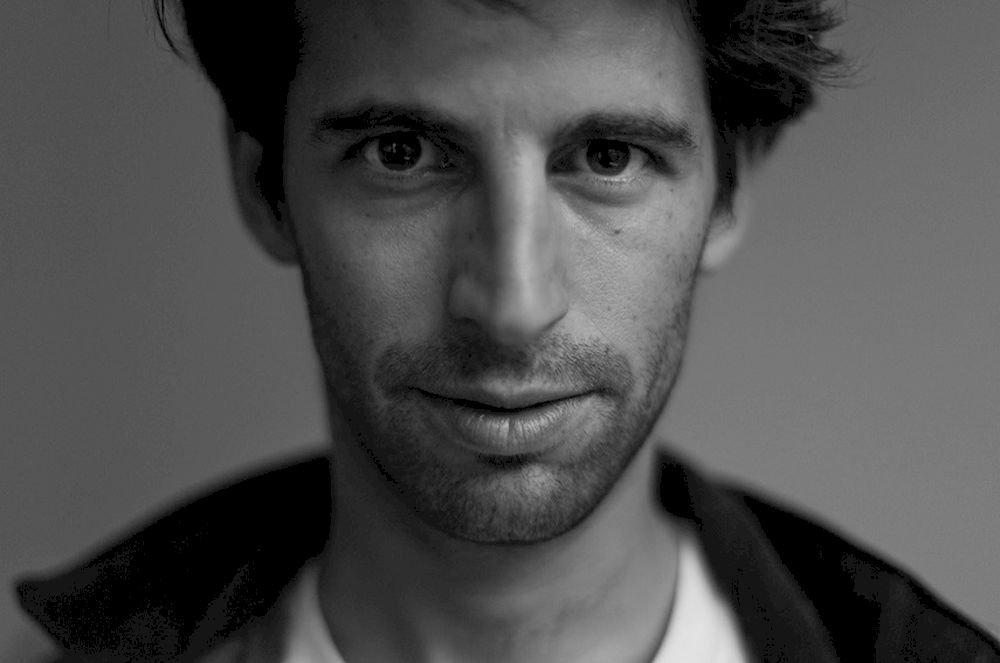
Makery: How did Villette Makerz get started?
Samuel Rémy: The Villette Makerz project came out of my encounter with [La Grande Halle de la Villette president] Didier Fusillier, who was looking for a local actor and DIY expert to reactivate the biggest “folly” of Parc de la Villette. As for me, I had already founded two spaces: WoMa, a neighborhood workshop, and Ourcq Blanc, a temporary co-living space. So the teams of Parc de la Villette and my two spaces worked together to interweave civil society and institutional culture by doing what we did best: nurturing young entrepreneurs with “making” and co-working, training and business opportunities. We also had a public service mission to offer free activities to families and children. Villette Makerz operates seven days a week, all year round, with activities for professionals during the week and for the general public on weekends.
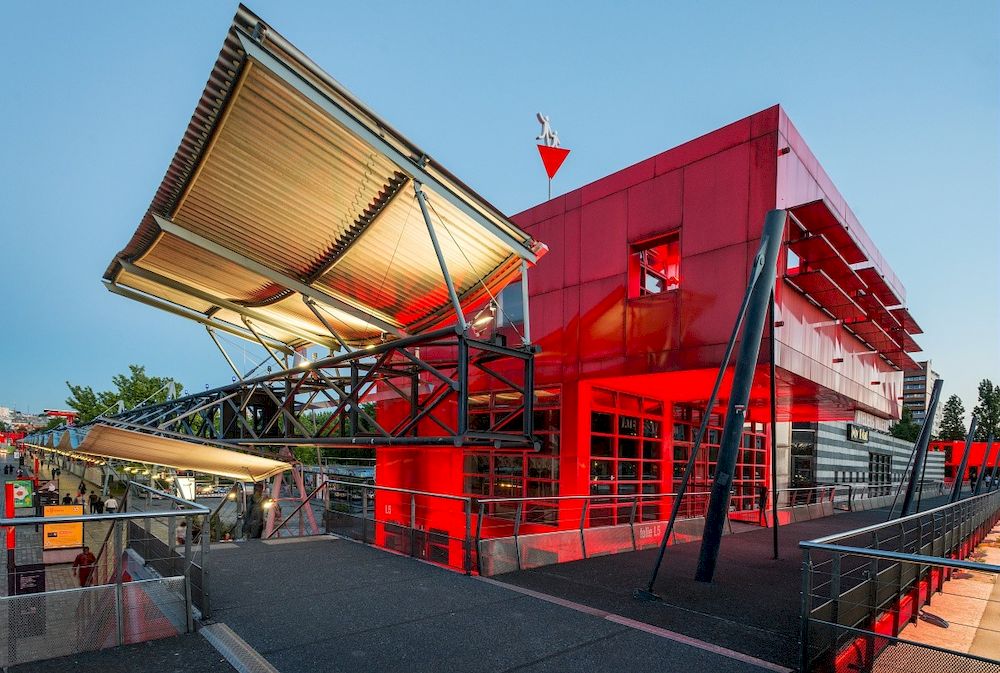

How did you manage to offer these activities to the general public?
First, we had to create a synergy between creatives and the public. Each year, we hold the “Experiment and Transfer” artist residency to host six or seven creative and/or digital projects. The residency lasts from April to June, and will be open to applications this year on November 24 during Maker Faire Paris. In exchange for nurturing their personal project, we ask each artist to create educational content around their world. After the residency, our team presents this content throughout the year, while helping to promote the artists.
Second, we developed content by the Villette Makerz staff and civil services teams. We developed the Code Club for kids who want to come back every weekend and learn different techniques in our fablab. Our Open Lab also accommodates projects by adults on Saturdays. As a result, we now offer about 40 creative workshops with a project library that continues to improve as more and more people participate.
We have about 100-500 visitors every weekend, and 10,000 each year. Villette Makerz is a public cultural space that we will fill with original content, either free of charge or at very low prices.
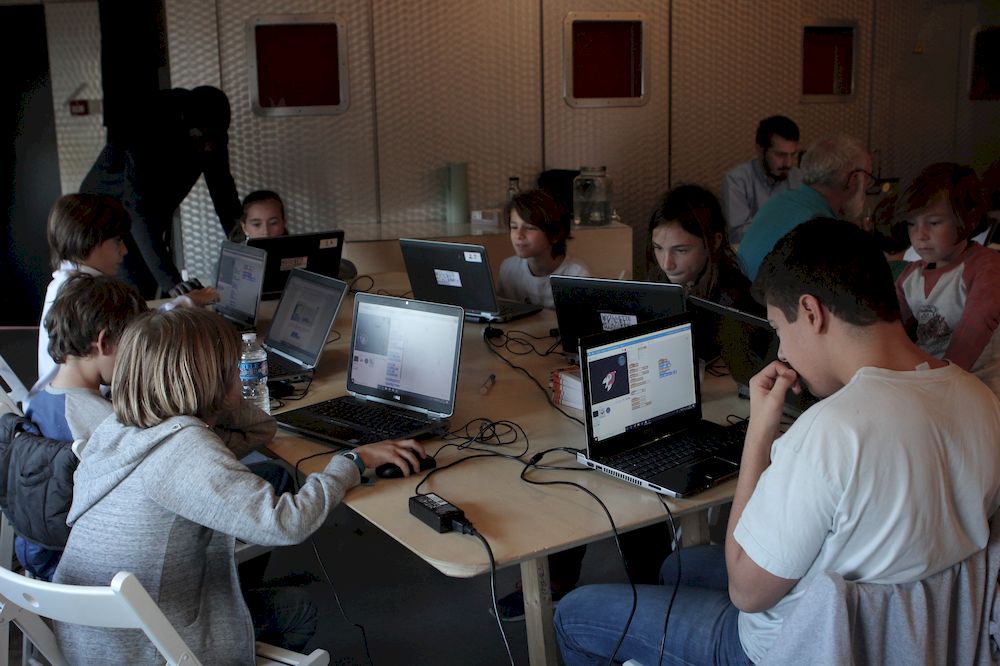
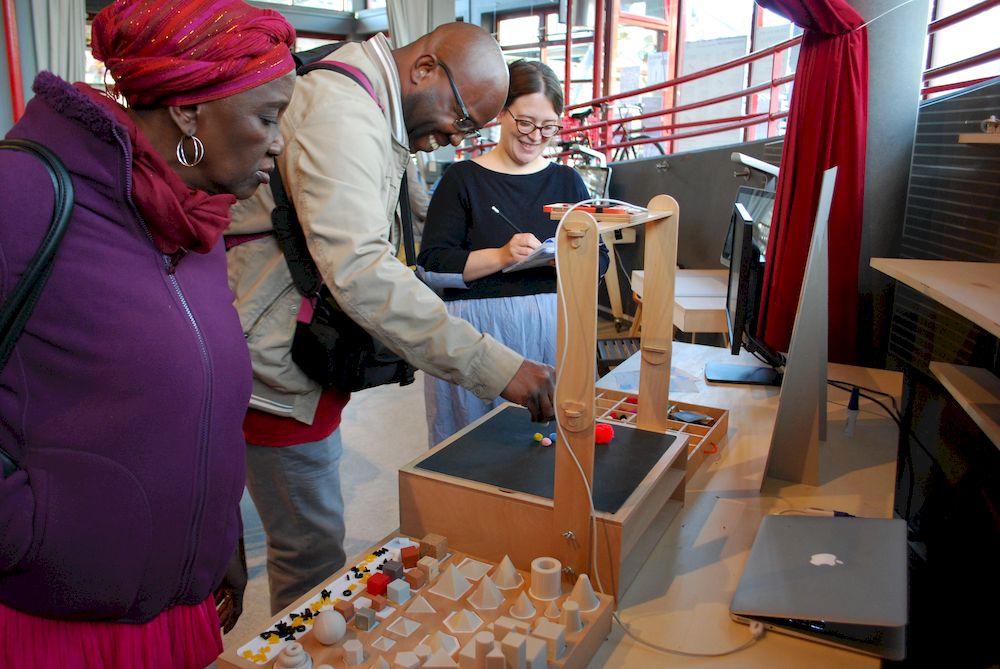

How do you work with Parc de la Villette and its events?
We’re part of the highlights of the Parc de la Villette, hosting collectives to coproduce events with us, such as the Constellations festival during Jazz à la Villette. It’s the same thing with Villette Sonique, Nuit Blanche or the 100% festival that takes place at the end of March. It’s an exhibition that showcases the major art and design schools in Paris. Last year, we organized an encounter between a collective from Design Academy Eindhoven and a collective of young Parisian designers. We operate independently from Parc de la Villette, and our programs have been increasingly funded. The first year we were simply hosted, the second year they listed us among the “off” events, and this year we’re on the “in” list.
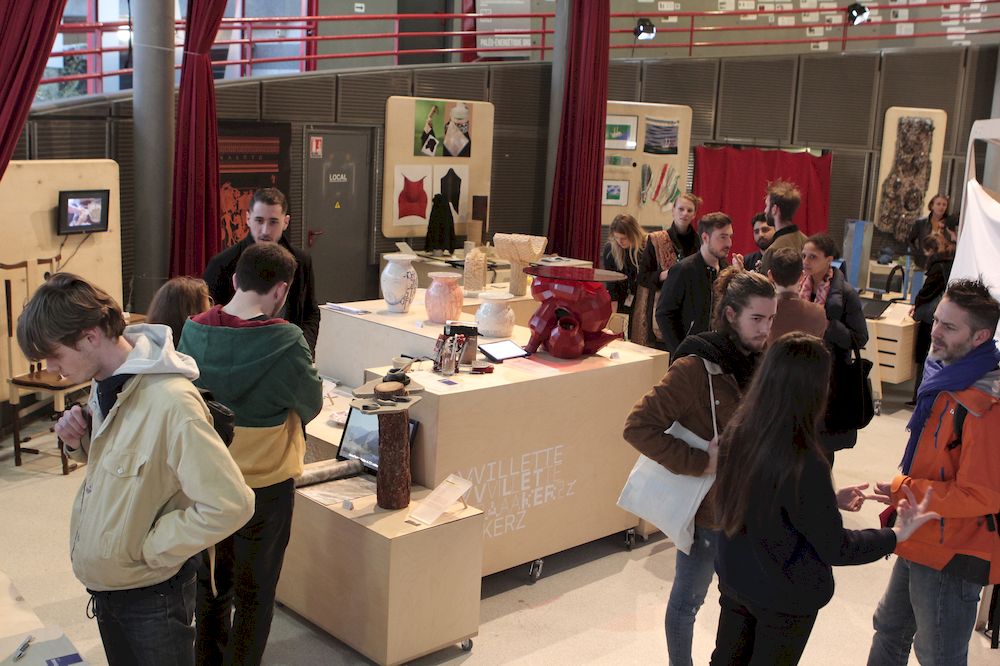


How do you work with young entrepreneurs?
We have about 50 members on weekdays. Not just professionals using digital machines, they work in a wide range of creative fields. We offer them a workspace, production machines and training on how to use these tools. Our approach is also to connect them with our own design, manufacturing or animation services so that they can generate revenue, thus creating a virtuous cycle with our members.
We also have a special connection with artisans: milliner, leather worker, ceramist, etc. Beyond just selling objects, these artisans are developing their profession and even offer individual hands-on training. This gives people a new experience: doing-it-yourself, working directly with the materials instead of just buying an object. Finally, we help them explore how digital tools can further modify productivity or creativity.


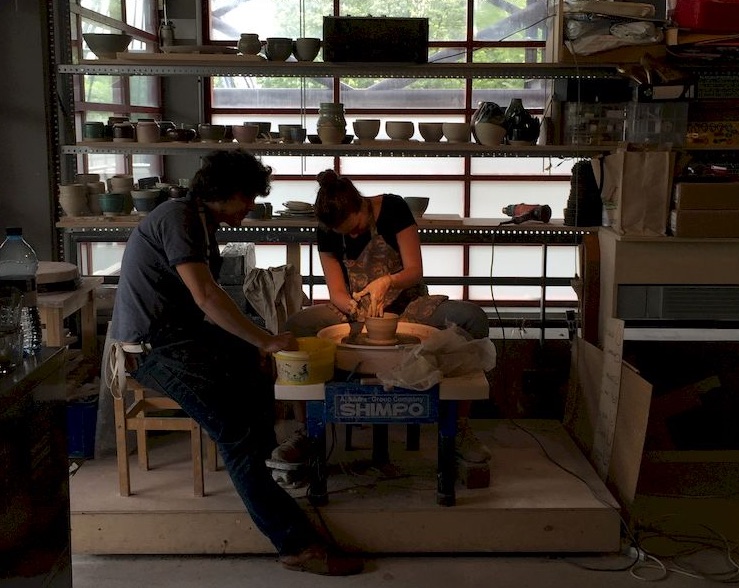
Can you tell us more about the new Circular Design course?
Two years ago, we participated in the “Nouvelles Vies” exhibition about breathing new life into materials, eco-design, featuring 35 iconic international projects. Then we launched a call for projects and the “Nouvelles Vies 2” exhibition in collaboration with La Réserve des Arts to see how artists and designers gave new life to materials, making these practices accessible to the general public. From there, we started to identify new skills that are invented by each individual. We thought it was important to consolidate and transfer these skills.
The “Circular Design: learning through materials” course is part of the ParisFabrik program and will begin in January. It’s an experimental training course in 300 hours, intended for job-seekers, employees and independent workers who want to invest in this creative thinking approach to innovate and develop businesses. Applications are now open!
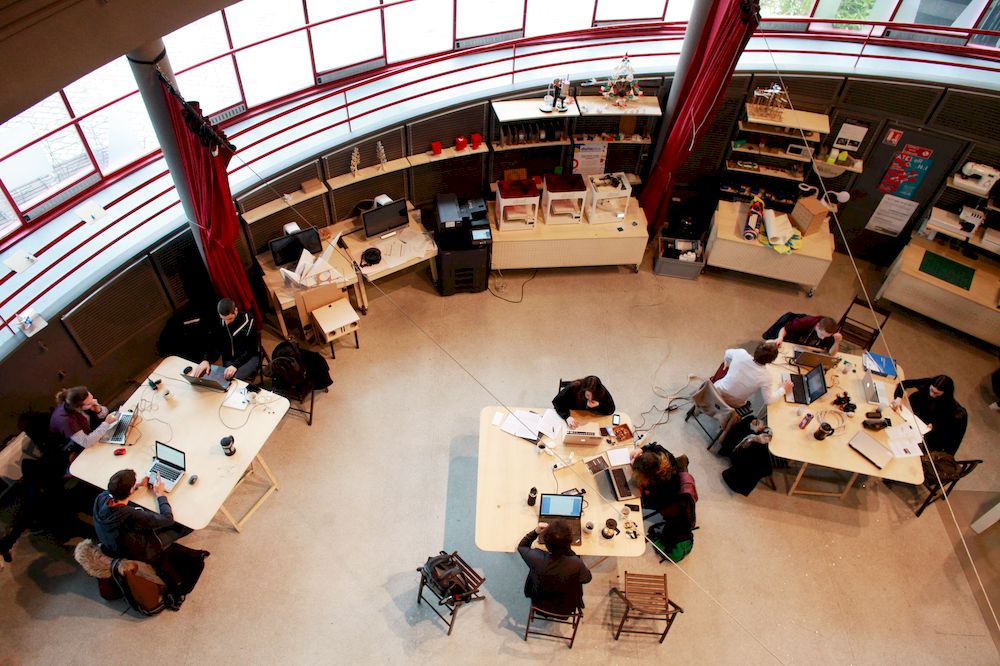
After three years, what have you learned about the role of this type of fablab?
For a fablab open to the general public, the main thing I learned is that it’s important to combine—the workshop to learn by doing it yourself, and the project to learn by doing it with others. This culture came from the fablabs, and now this approach of mediation is used by all cultural institutions to reach all audiences and families. From our point of view, it also allows us to create collaborative situations between parents and children, which might not otherwise exist. Children have a great capacity for cultural assimilation and think outside the frameworks established by adults. We manage to create cooperative situations based on the intuitions of the younger participants and the expertise of the older ones.

What role do you play as a founding member of Fab City Grand Paris?
We collaborate with the Fab City Store, which will allow us to federate a creative community around design objects. The idea is to help them imagine products that can be manufactured locally, as close as possible to where they will be sold. So we help the designers to conceive their product with this in mind, researching distribution networks, especially in museum shops.
We’re also invested in the Fab City Research Lab, which capitalizes on the experiments of various actors of Fab City Grand Paris within a broader international network of practical knowledge and tools. This includes contributions on revalorizing materials, distributed design, third spaces, circular production models, collaborative learning, etc.
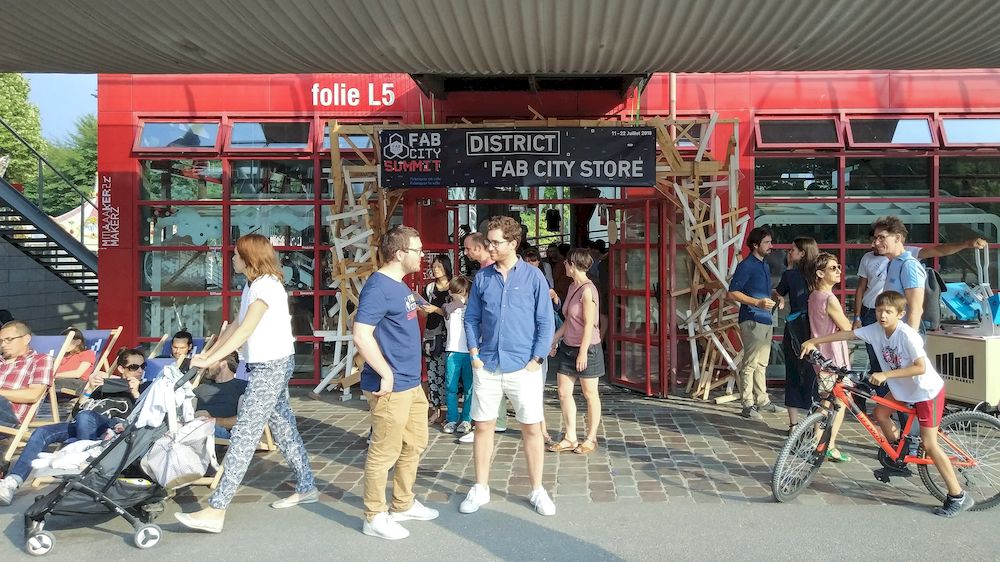
How do you see the future role of Fab City Grand Paris?
I hope that we are able to experiment and federate on the scale of a learning territory. A number of initiatives suggest that it is more reasonable to send an e-mail than a container to the other side of the world and that materials are part of a territory’s heritage. So the goal is to change this perspective, so that materials are considered local patrimony, showing that this has economic virtues and creates jobs that cannot be displaced by nature.
For now, we still need public participation to orient, initiate, invest. Once civil society and private actors become mature, public institutions will need to regulate and control their practices. The role of Fab City Grand Paris could be to seek out new possibilities, constitute a learning network for the sustainable city, offer consulting to major actors and identify optimal conditions for scaling up through both incentives and progressive regulations.
More about Villette Makerz and the Circular Design course within ParisFabrik
